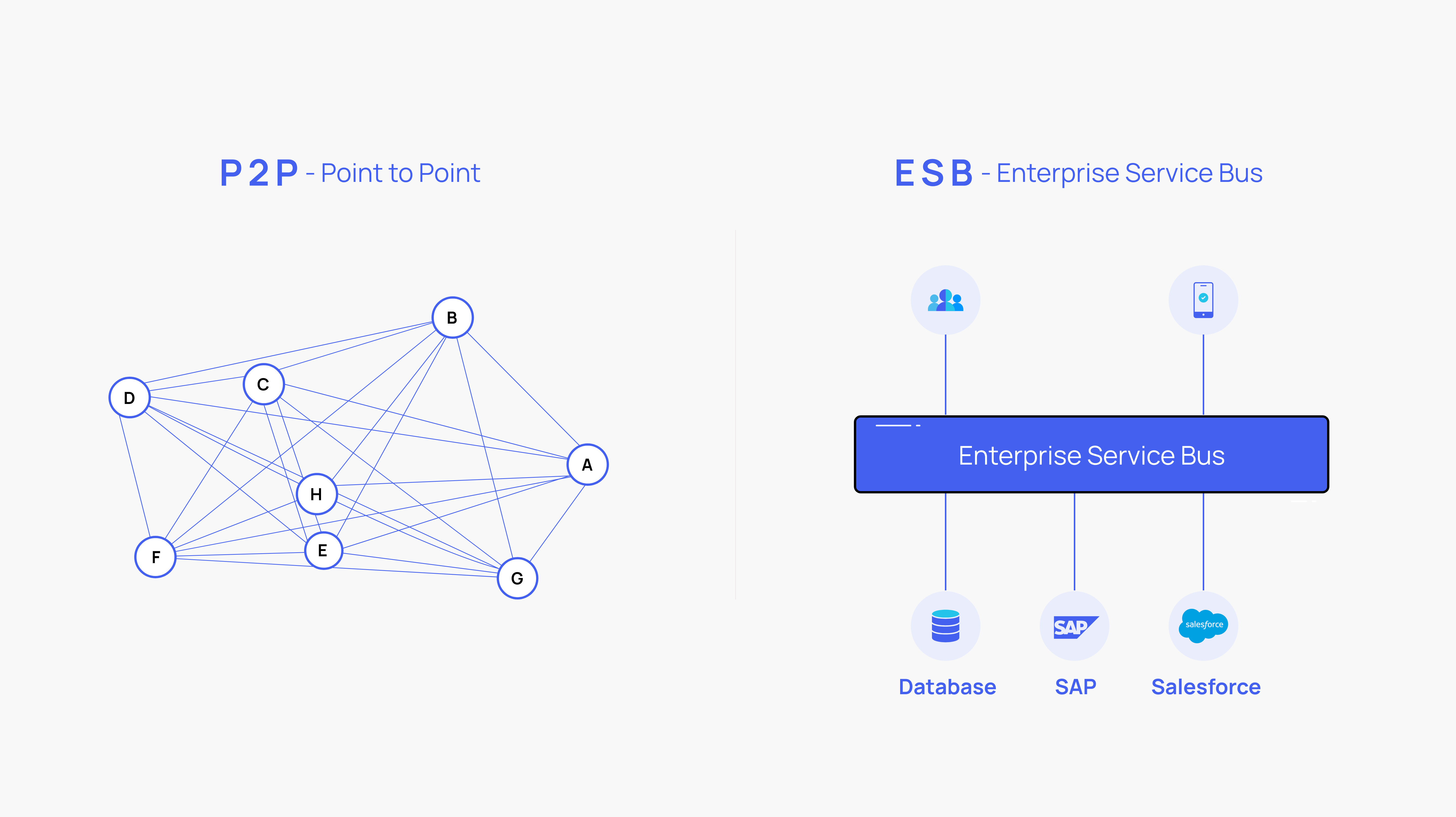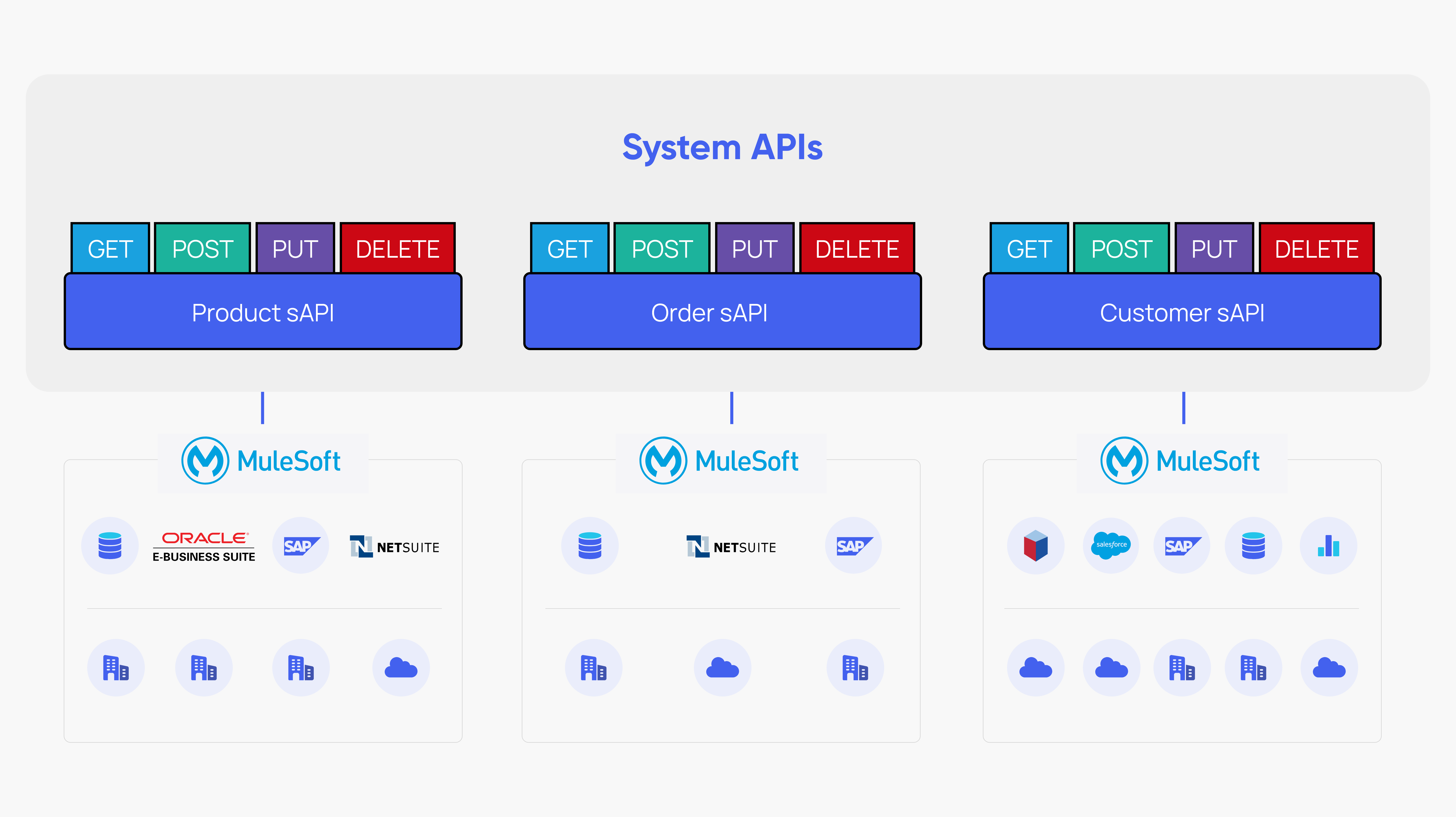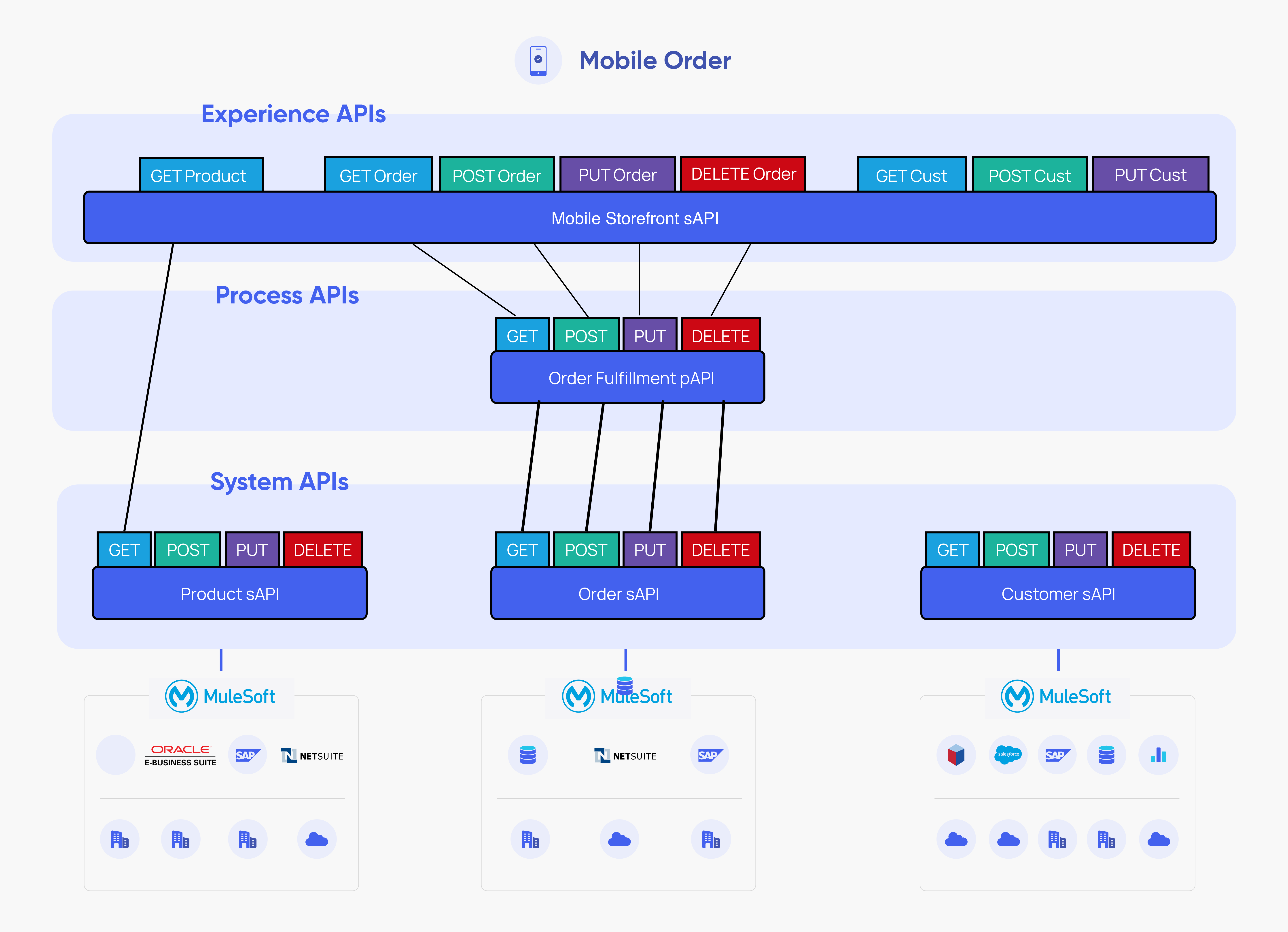Facilitating digital transformation through API
Businesses irrespective of the size and industry, are winning the market with their rapid digital transformation move, and the ones who are yet to embrace the digital transformation journeys, are left behind in the crowd.
Today, digital disruption is inevitable for any organization. Netflix, Uber, Spotify, and Dropbox have modified the way they work, changed their infrastructure, enhanced their architecture, and moved to the cloud to meet the demands of their customers in an optimized manner. To remain relevant among the competition, it is vital for an organization to make complete use of cutting-edge technologies to maximize it’s potential.
API-led integration, which was initially a tool for developers, has now become a way to connect with potential customers in different ways. This involves exposing APIs, which requires effective handling of diverse data and inputs. API-led integration streamlines connecting products, processes, and people across organizations, ensuring accessible data. This approach is gaining popularity due to its seamless connectivity and practicality.
Continue Reading
In this article:
- The trouble with the traditional connectivity approaches
- What is API-led connectivity?
- Categories of API led connectivity
- Benefits of having a three-layered API for your business
- MuleSoft for your API-led connectivity integration framework
Let’s get started.
The trouble with the traditional connectivity approaches

Decades ago, the only available option for integration was Point-to-Point (P2P) integration, which proved to be a complex and intricate process. Subsequently, Enterprise Service Bus (ESB) solutions were introduced, providing a common layer or bus for facilitating integrations. However, with the evolving needs of modern businesses, these traditional integration solutions fall short in terms of scalability and rapid innovation. They no longer suffice for meeting the demands of today’s fast-paced business environment.
This is where the API-led connectivity approach comes in play. It makes integration simpler, faster, and most importantly, more economic.
| Complicated to make changes | Inefficient to meet today’s changing needs | Simple and easy with multiple integrations |
| High maintenance | Demands effort for maintaining | Low maintenance |
| High operation risk | High operational risk | Minimal operation risk |
| Deployment timeline | Longer Deployment timeline | Quick Deployment timeline |
| No reusability | Minimal reusability | Build once and use for various use cases |
What is API- led connectivity?

API-led connectivity is an approach to connecting data with applications through purposeful and reusable APIs. It is neither a database interface nor a software developer’s tool confined to internal use. Rather, it is a business model through which companies can organize their assets, expose the APIs and connect external users across the globe. With API-led connectivity, organizations can build stronger networks, integrate applications, make businesses agile, and meet growing market needs.
With API-led connectivity, your organization will have
- 5x Faster development process
- 3x Decrease in the deployment timeline
- 70% Reduction in the maintenance costs
- 300% Increase in productivity rate
Categories/layers of API led connectivity
The APIs are created in three different layers and are reusable, making it easy to implement new services and systems.
System APIs

This is the most important layer comprising the confidential information of the organization. This API should not be exposed to the public as it is the core of the business. Once built, these APIs can be reused by multiple users in various projects.
Process APIs

This layer helps to orchestrate the data and break down the data silos, without any dependency on either the originating source system or the delivering target system. The core purpose of this Process API is to encapsulate the business process without impacting the source (System API). These are private and are not exposed to the end users or the customers.
Experience API

Through this uppermost layer of Experience API, data is manipulated to make it usable by the end users or the customers. This is exposed publicly for the target audience to use. The transformation logic is implemented in this layer and the changes are exposed through Experience API.
Benefits of having a three-layered API for your business
The API-led connectivity approach helps businesses in the following way.
- Break the data silos, connect anything with anything, and achieve a seamless data flow across the organization.
- It not only helps you deliver your IT projects on time but also saves costs through reusable assets. Instead of creating the API assets from scratch every time, you can make use of these reusable ones.
- The infrastructure is designed and built for change. You can make changes as per the use cases and redesign them as they are very flexible.
- Liberates resources, accelerates your projects, and provides ample room for innovation.
- Assures long-term sustainability and increases the agility of your business.
- The API-led connectivity approach helps your business with long-term decision making, increases productivity and enables rapid development process.
MuleSoft for your API-led connectivity integration framework
With MuleSoft’s Anypoint platform, you can simplify the integration framework, and achieve connectivity in a seamless way. Time to modernize your integration strategy, transform digitally, and offload the maintenance burden of the added API layers behind- Only with MuleSoft.
Don’t know where to get started? We have a team of integration experts who can help you get this done. Bring all your integration issues and let us sort them out for you.
Affordable. Reliable. Simple. Easy – That’s MuleSoft for API- led connectivity.